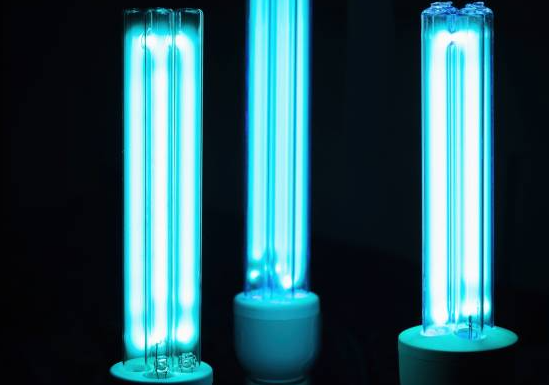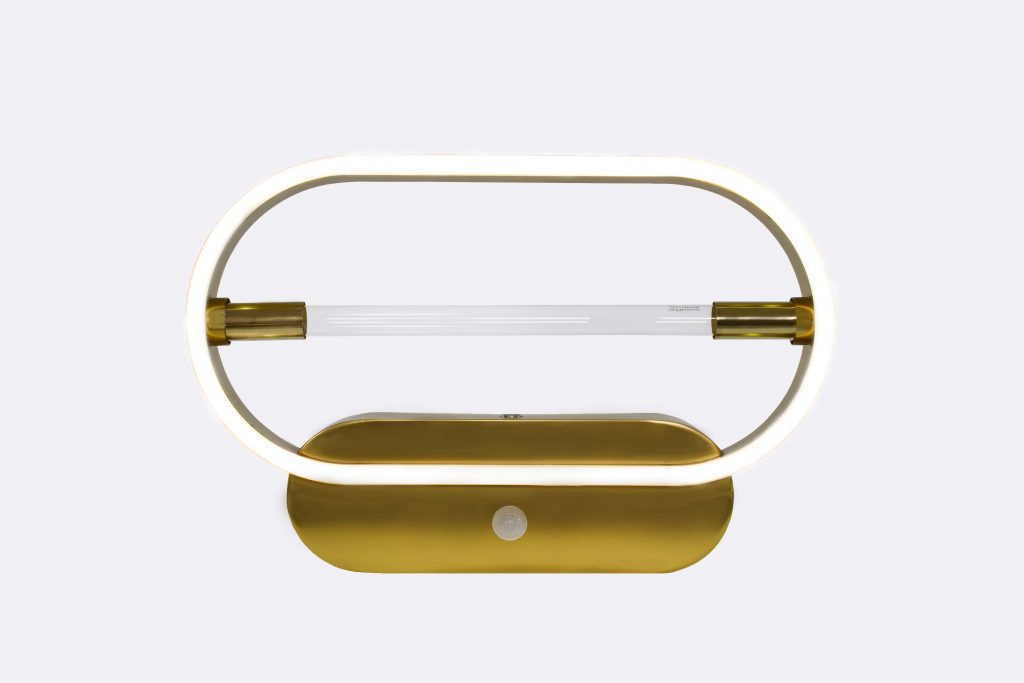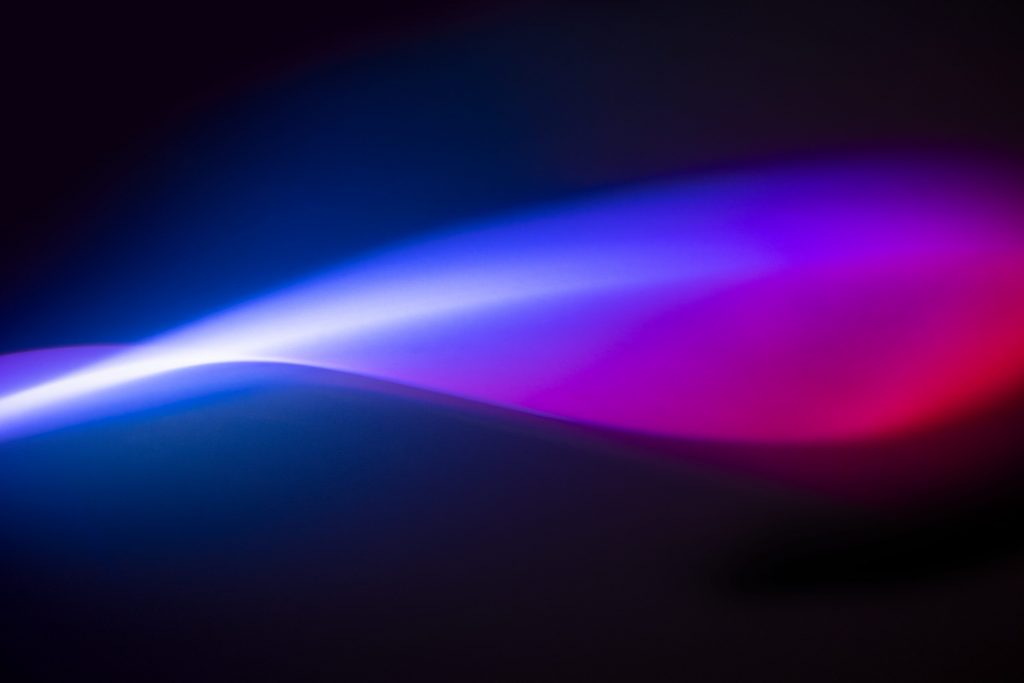In the early 17th century, the German physicist Johann Wilhelm Ritter made a discovery, even though it had already been present before the formation of the Earth, as it reaches us through the sun. It has been one of the causes for the emergence of life on our planet, as it is an important catalyst for many biochemical processes.
The Origins of Ultraviolet Light
As mentioned before, the origins of ultraviolet light date back to the birth of the sun and the emission of light, but its existence was not known until 1671 when Isaac Newton discussed the topic with his triangular prism that decomposed the ray of light into colors. Isaac Newton theorized that light was composed of seven colors, drawing inspiration from the beliefs of the sophists and other theological currents related to colors. He also believed that each color was a particle that composed light, as nothing was known about photons or the wave-particle duality.
Infrared Radiation – IR
In the year 1800, William Herschel discovered rays beyond the red, invisible to the human eye, which he called “Calorific Rays.” Herschel accomplished this by measuring the temperature increase on a thermometer for each of the colors that emerged from the prism, and he observed that the red end of the spectrum had the highest heat emission.
Ultraviolet Radiation – UV
It wasn’t until 1801 that Johann Wilhelm Ritter discovered rays beyond the violet end of the spectrum. He found that these rays were effective in darkening silver chloride-impregnated paper, initially naming them “Desoxidizing Rays” to differentiate them from the caloric rays. Later, they came to be known as “Chemical Rays.”

In 1935, William H. Byler discovered a way to create lamps that emitted ultraviolet light, leading to the exploration of different types of UV radiation:
- UV-A: These have longer wavelengths and can penetrate deep into the skin. They are responsible for tanning and may contribute to premature aging, such as wrinkles and dark spots.
- UV-B: These have shorter wavelengths and are largely absorbed by the ozone layer in the atmosphere. However, a significant portion of UV-B rays still reaches the Earth’s surface and can cause damage to the skin. UV-B rays are responsible for sunburns, and excessive exposure can increase the risk of skin cancer.
- UV-C: These have even shorter wavelengths and are almost entirely absorbed by the atmosphere, posing minimal risk to the skin.
UV in the present day

Today, UV light has numerous applications ranging from aesthetics such as tanning, monetary anti-fraud security, to disinfection. An example of this is our N-27 DUO germicidal lamp that incorporates UV-C light. Thanks to it, it is capable of disinfecting the air and space with its radiation that directly targets the genome of various viruses and bacteria in the space, providing safety in a germ-free environment, free from harmful germs, fungi, and bacteria that could be detrimental to your health.

